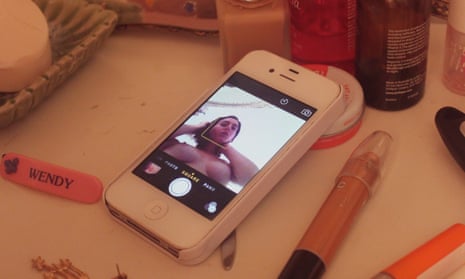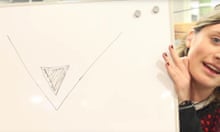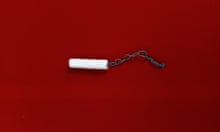Early in March 2015, artist and poet Rupi Kaur uploaded a picture to Instagram of herself in her room, wearing jogging bottoms stained with menstrual blood. Lying with her back to the camera in a nondescript bedroom, nothing about the image was strange. A few days later, Kaur found her image had been removed, so she reposted it. A few days after that, it was removed again. This time she found out why: Instagram’s moderators had deleted the picture for “violation of community standards”. Kaur responded with a rallying post on her Facebook and Tumblr accounts that was shared 11,000 times. “We will not be censored,” she wrote.
Kaur’s photograph is just one of the 270 deleted images featured in Pics Or It Didn’t Happen, a contemporary art book by digital artists Arvida Byström and Molly Soda that brings the pictures Instagram have removed back into the spotlight. But the book is about much more than simply shocking us with controversial pictures; both Byström and Soda agree that some level of social media censorship is needed. “I do understand why censorship exists. I’m not ‘free the nipple’ because I don’t give a shit about that,” Soda says. “But I do think that females presenting bodies are going to be censored more – as they’re always going to be in conversation with sex – no matter what the topic of the photo is.”
![@c.har.lee Photo Credit © Lee Phillips [PAGE 194]](https://i.guim.co.uk/img/media/3830f15a4be9bb7276846fe11d703c5297c42ac3/0_0_6000_4000/master/6000.jpg?width=445&dpr=1&s=none)
Pics Or It Didn’t Happen exposes an ominous flaw in Instagram’s community guidelines: women are getting an extremely hard time. “For a variety of reasons, we don’t allow nudity on Instagram,” the guidelines read – and yet it bare chested men remain largely uncensored, while topless images of women are guaranteed to be deleted. And it is not only nipples: when Soda and Byström asked their combined 207,600 Instagram followers for examples of censored images, the book explains: “We began to see patterns in the types of images that had been subjected to censorship.” Overwhelmingly, the photos are of female nipples, vaginal secretions and body hair. Presented together, Pics Or It Didn’t Happen demonstrates how taboo very ordinary elements of female bodies, such as hair, fat and blood, have become. “The stuff I’ve had taken down was never explicitly sexual,” Molly says. “But the thing is, when you have a picture removed, it immediately sexualises it.”
Since it launched in 2010, Instagram has helped to democratise the art world, making it possible for young women from different backgrounds to take a spot in a famously masculine industry, promote their work, and find recognition. Many of the women in this book have done just that. One of Instagram’s most famous banned pictures, Petra Collins’s 2013 crotch portrait is included, along with well-known artists like Isaac Kariuki and Maisie Cousins.
But, frustratingly, the book is very white. “It was mostly white women that sent us images after we made the callout for banned pictures,” says Byström. “What’s in the book is representative of what we were sent, which I think says a lot about the state of the art world.” And, as Byström is quoted in the foreword: “White, abled, cis young women, often pretty thin … These types of people tend to feel more entitled to their bodies.”
The lack of non-cisgender women, and women of colour, is something that should be noted and challenged. But in making a book out of these removed online works, whether you think the photos are good or not, the authors have created an archival document with its own artistic criteria, delivering a deleted contemporary art movement into the hands of those who shun it. “As a historical document, the book is interesting,” says Byström. “In 10 years, things will be different. Instagram probably won’t even exist.”
- Pics Or It Didn’t Happen: Images Banned from Instagram is published by Prestel.








